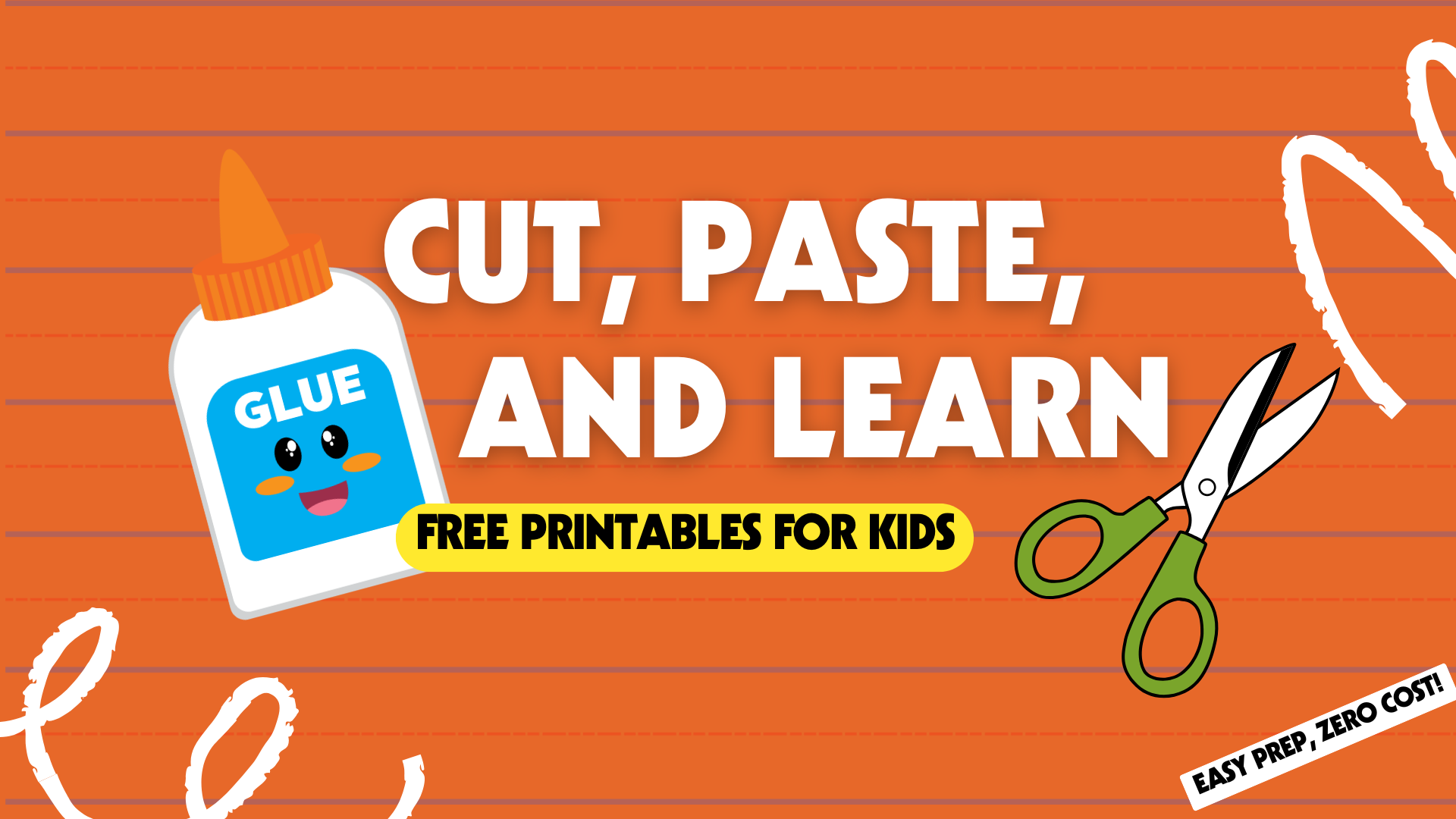Easy Sensory Activity for Kids: Treasure Rocks
Create colorful fizzing fun with sensory activities for kids! Hide treasures in baking soda rocks and explore science through play.
Not ready to Book? We can remind you when your event is a little closer.
Set a Reminder
Helping kids master scissor skills is more important than many parents realize. Strong cutting abilities support handwriting, self-care tasks like buttoning clothes, and even focus and coordination in the classroom. That’s why providing engaging tools—like free scissor skill kid worksheets—can be a game-changer for building fine motor development at home or in school.
To start, scissor skills are about more than just cutting paper. When children learn to cut, they strengthen the small muscles in their hands and fingers. These muscles are essential for gripping pencils, holding utensils, and performing everyday tasks. In addition, cutting activities improve hand-eye coordination and bilateral coordination, as kids must hold the paper steady with one hand while cutting with the other.
As you can see, practicing with scissors sets the stage for success in other skills—like writing and drawing—down the road. This is why occupational therapists and early childhood educators often recommend scissor activities early and often.
Next, it’s helpful to introduce scissors in a gradual, safe way. Start by choosing child-safe scissors with blunt tips and ergonomic handles. Show children how to hold the scissors correctly, keeping their thumb on top and fingers in the lower loop. Begin with simple “snipping” tasks, such as cutting playdough or straws, before moving on to paper worksheets.
By starting simple and modeling proper technique, you’ll help children feel confident as they work toward more complex tasks like cutting along straight lines, zigzags, and shapes.
Once kids are comfortable holding scissors, printable worksheets are a perfect next step. These sheets feature bold lines, patterns, and shapes that guide children through progressive levels of difficulty. For example, a beginner might practice cutting along straight lines, while more advanced learners can follow curves or cut out simple shapes.
Furthermore, printable worksheets are convenient for parents and teachers alike. They’re easy to download, print, and reuse, making them an affordable option for classrooms, therapy sessions, or at-home practice.
Finally, remember that practice doesn’t have to be boring. Turn worksheets into themed activities, such as cutting flower petals for spring crafts or snowflakes for winter art. You can also combine scissor skills with sensory play by cutting textured paper, foam, or felt. This variety keeps children engaged while strengthening their hands.
When kids see cutting as fun rather than work, they’ll be more motivated to stick with it and improve over time.
In conclusion, helping kids practice cutting can boost confidence, prepare them for school tasks, and improve overall fine motor control. With free scissor skill kid worksheets, parents and educators have an easy, budget-friendly tool to make this important skill both fun and accessible. Download a few today and watch your child’s coordination and creativity flourish—one cut at a time.

Create colorful fizzing fun with sensory activities for kids! Hide treasures in baking soda rocks and explore science through play.
Categories
Our latest tips, insights, and news on parenting, family, and gaming.
Create colorful fizzing fun with sensory activities for kids! Hide treasures in baking soda rocks and explore science through play.
Discover slippery quicksand fun with sensory STEM activities for kids that spark curiosity, creativity, and hands-on summer learning!
Looking for the best family gaming events near me? Try the new Nintendo Switch 2 at a local GameTruck + Best Buy event this summer!